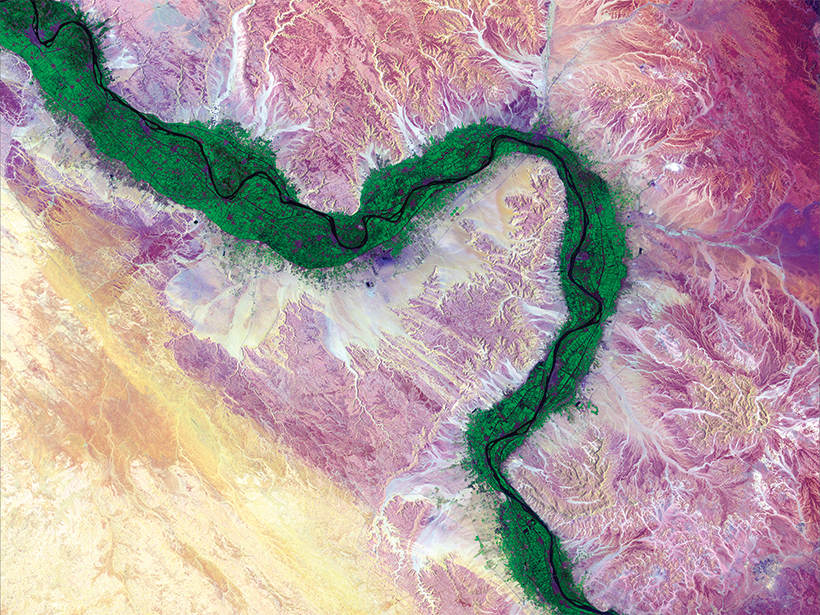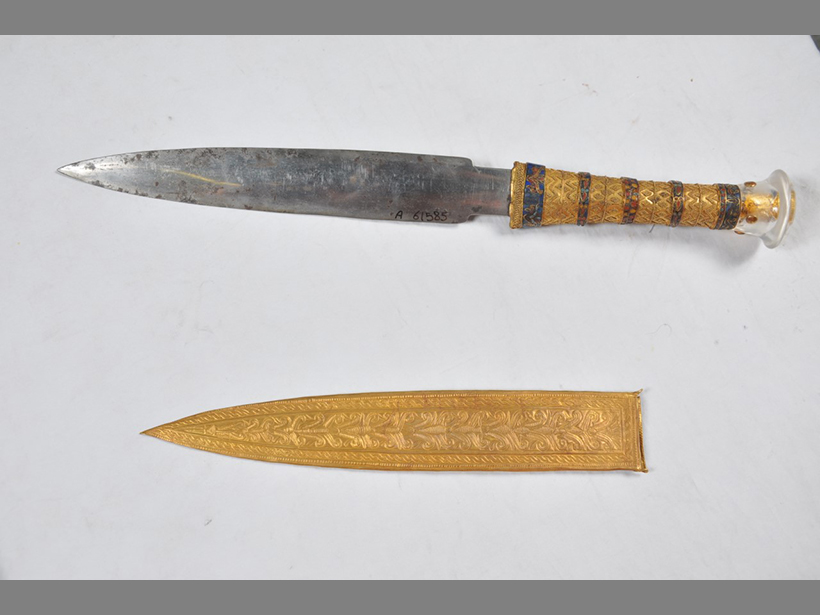Researchers zero in on the large-scale meteorological processes driving extreme precipitation events in the hot, arid desert region.
Egypt
Posted inNews
Volcanic Woes May Have Contributed to Ancient Egypt’s Fall
Ice cores and ancient river records suggest that volcanic eruptions may have reduced the flow of the Nile River. Failures of the Nile floods that usually irrigated Egypt’s farms could have fed social unrest.
Posted inNews
Pharaoh's Iron Dagger Made from a Meteorite, Study Confirms
After examining the metal under bombardment by X-rays, scientists find the composition of King Tutankhamun's knife blade matches "iron of the sky."



